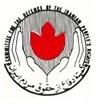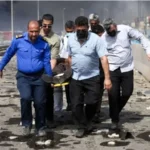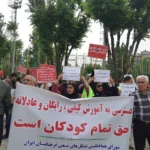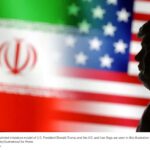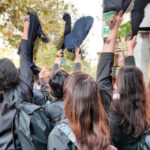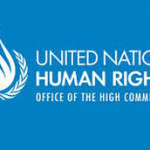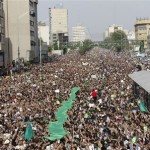
Interior minster says authorities will intervene if public properties are damaged in protests that have spread across country
Iran’s interior minister has warned that security forces will act to restore calm if those protesting against the 50% increase in petrol prices “damaged public properties”, as anti-government protests spread across Iran.
Protesters blocked traffic in major cities and clashed with police after a night of demonstrations punctuated by gunfire. At least one person has reportedly been killed.
“Security forces have so far shown restraint and have tolerated the protests. But as the calm and security of people is our priority, they will fulfil their duty to restore calm if attacks on public and individuals’ properties continue,” interior minister Abdolreza Rahmani Fazli told state TV.
The protests put renewed pressure on Iran’s government as it struggles to overcome the US sanctions strangling the country after Donald Trump unilaterally withdrew the country from Tehran’s nuclear deal with world powers.
Though largely peaceful, demonstrations turned violent in several instances, with online videos purporting to show police officers firing teargas at protesters and mobs setting fires. While representing a political risk for the president, Hassan Rouhani, before February’s parliamentary elections, the protests show the widespread anger among Iran’s population of 80 million who have seen their savings evaporate, job scarcity and the collapse of the national currency, the rial.
The demonstrations took place in more than a dozen cities in the hours following Rouhani’s decision at midnight on Friday to cut petrol subsidies to fund support for Iran’s poor. Petrol in the country still remains among the cheapest in the world, with prices jumping to a minimum of 15,000 rials per litre – 50% up from the day before.
Iran is home to the world’s fourth-largest crude oil reserves. While expected for months, the decision to raise petrol prices still caught many by surprise and sparked immediate demonstrations overnight.
Violence broke out Friday night in Sirjan, a city 800km (500 miles) south-east of Tehran. The state-run IRNA news agency said: “Protesters tried to set fire to the oil depot, but they were stopped by police.” It did not elaborate, but online videos circulating on Iranian social media purported to show a fire at the depot as sirens wailed in the background. Another showed a large crowd shouting: “Rouhani, shame on you. Leave the country alone.”
Mohammad Mahmoudabadi, an interior ministry official in Sirjan, later told state television that police and demonstrators exchanged gunfire, wounding several people. He said many protesters were peaceful, but later masked men armed with guns and knives infiltrated the demonstration. “They insisted on reaching the oil depot and creating crises,” Mahmoudabadi said.
The semi-official ISNA news agency later quoted Mahmoudabadi as saying one person was killed in the violence.
In Iran’s oil-rich Khuzestan province, online videos purported to show police firing teargas on crowds. The province’s city of Khorramshahr also saw gunfire, which could be heard in a brief clip played on state television. The region has long been a political tinderbox, with an ethnic Arab population that feels disenfranchised from the country’s Persian-language majority.
On Saturday morning, the start of the Iranian working week, protesters stopped cars on major roadways across the capital, Tehran. Peaceful protesters blocked traffic on the city’s Imam Ali Highway, calling for police to join them as the season’s first snow fell, according to online videos.
A large crowd in the city of Kermanshah demonstrated and later drew teargas fire from police, a video showed. Others reportedly clashed in Tabriz, another major Iranian city.
Such protests require prior approval from Iran’s interior ministry, though authorities routinely allow small-scale demonstrations over economic issues, especially as the country has struggled with currency devaluation.
It was not immediately clear if police made arrests.
Protester chants mirrored many from the late 2017 economic protests, which resulted in nearly 5,000 reported arrests and at least 25 people being killed. Some criticised Iran’s spending abroad on Palestinians and others while the country’s people remain poor. Demonstrations meanwhile continue in Iraq and Lebanon, two Mideast nations that are home to Iranian proxies and crucial to Tehran’s influence abroad.

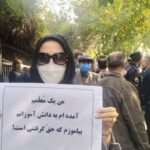
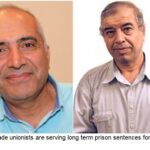
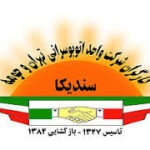

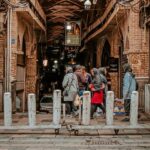
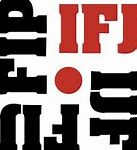


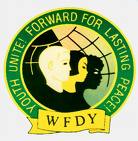
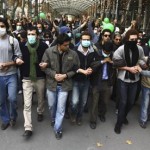
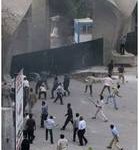
 Posted in
Posted in 